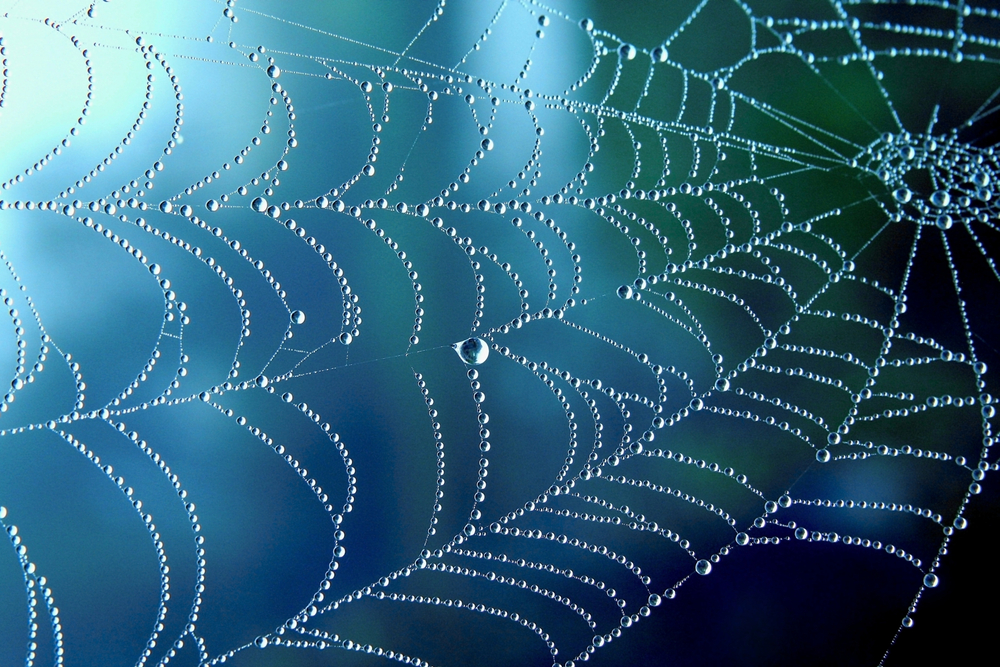Permavoid Shallow Geocellular Water Management System
Permavoid is our award-winning water management solution, designed to provide shallow water storage for attenuation, detention or soakaway/inf

Nature, through billions of years of evolution, has perfected designs and processes that have undeniably demonstrated their enduring efficiency. Humans on the other hand, have not achieved such a comparable track record of success.
In fact, if the history of planet Earth was compressed into 1 year, humans would appear only in the last 15 minutes. Within this brief 15 minutes, the most recent industrial revolution would occur within a single minute. While comprising a relatively small fraction of Earth's history, the industrialisation witnessed over the past century undeniably contributed to extending human life and conquering diseases. However, it has also brought about the unwelcome consequences of pollution and environmental degradation. Regrettably, industrialization disrupted the harmonious coexistence between humans and nature, seemingly pitting them against one another.
However, there has been a recent shift in this paradigm. In the past couple of decades, a new phase of human development has surfaced, often referred to as the “green revolution”. This transformative movement is dedicated to uncovering means by which humans can harmoniously coexist with nature, curbing our resource consumption to more sustainable levels and mitigating our environmental impact. One study that has rapidly propelled us towards achieving this goal is biomimetics.
Although the term "biomimetics" finds its roots in the Greek words "bios" (life) and "mimesis" (to imitate), its definition surpasses the simplicity of these two words. Biomimetics encompasses the exploration of nature and natural phenomena to understand the principles of underlying mechanisms, to obtain ideas from nature, and to apply concepts that may benefit science, engineering, and medicine.
We frequently encounter examples of this practice in the world around us. Wind turbines inspired by the flippers of humpback whales have been designed to generate more electricity with less noise and fewer bird collisions. By studying the energy-efficient design of termite mounds, architects have developed structures that can passively regulate temperature, reducing the need for artificial heating and cooling. Spider silk, renowned for its strength and flexibility, has inspired the development of bioengineered materials for various applications, including clothing and medical devices.
Biomimetics, with its potential to revolutionise innovation by fostering collaboration between biologists, engineers, and designers, offers a wealth of benefits. This age-old approach holds the promise of delivering more sustainable, efficient, and innovative solutions across diverse industries. Explore some of these key advantages below.
Biomimetics transcends the mere adoption of design concepts aimed at enhancing human convenience; it actively contributes to our restoration endeavours. This approach to design promotes the development of closed-loop systems, wherein waste is reimagined as a valuable resource.
For example, cities like Singapore have adopted "sponge city" concepts inspired by natural wetlands and forests. These urban designs incorporate permeable surfaces, green infrastructure, and water-absorbing features to manage stormwater, reduce flooding, and recharge groundwater. Click here to learn more about sponge cities and how Polypipe Middle East can contribute towards their success.
Another example of how biomimicry has been utilised for regenerative purposes lies in its inspiration of Polypipe Middle East's sustainable water management solutions, most notably, the award-winning Permavoid system. These Permavoid cells capture and store water that would otherwise be wasted, such as rainwater and greywater, beneath the soil surface. Through the use of innovative wicking technology, the system efficiently releases this captured water through capillary cones into the surrounding soil, ensuring moisture replenishment on a demand-driven basis to avoid wastage.

Ultimately, biomimetics offers a promising avenue for addressing the environmental challenges created by past generations and points the way toward a more harmonious coexistence with nature. By drawing inspiration from the natural world's time-tested solutions and intricate designs, biomimetics not only leads to innovative advancements but also encourages us to view nature as a mentor, rather than merely a resource to exploit.
For inquiries on how our sustainable water management solutions can support your next project, please reach out to our technical team:
Tel: +971 (0) 4 518 3000
Email: middleeast@polypipe.com
Permavoid is our award-winning water management solution, designed to provide shallow water storage for attenuation, detention or soakaway/inf